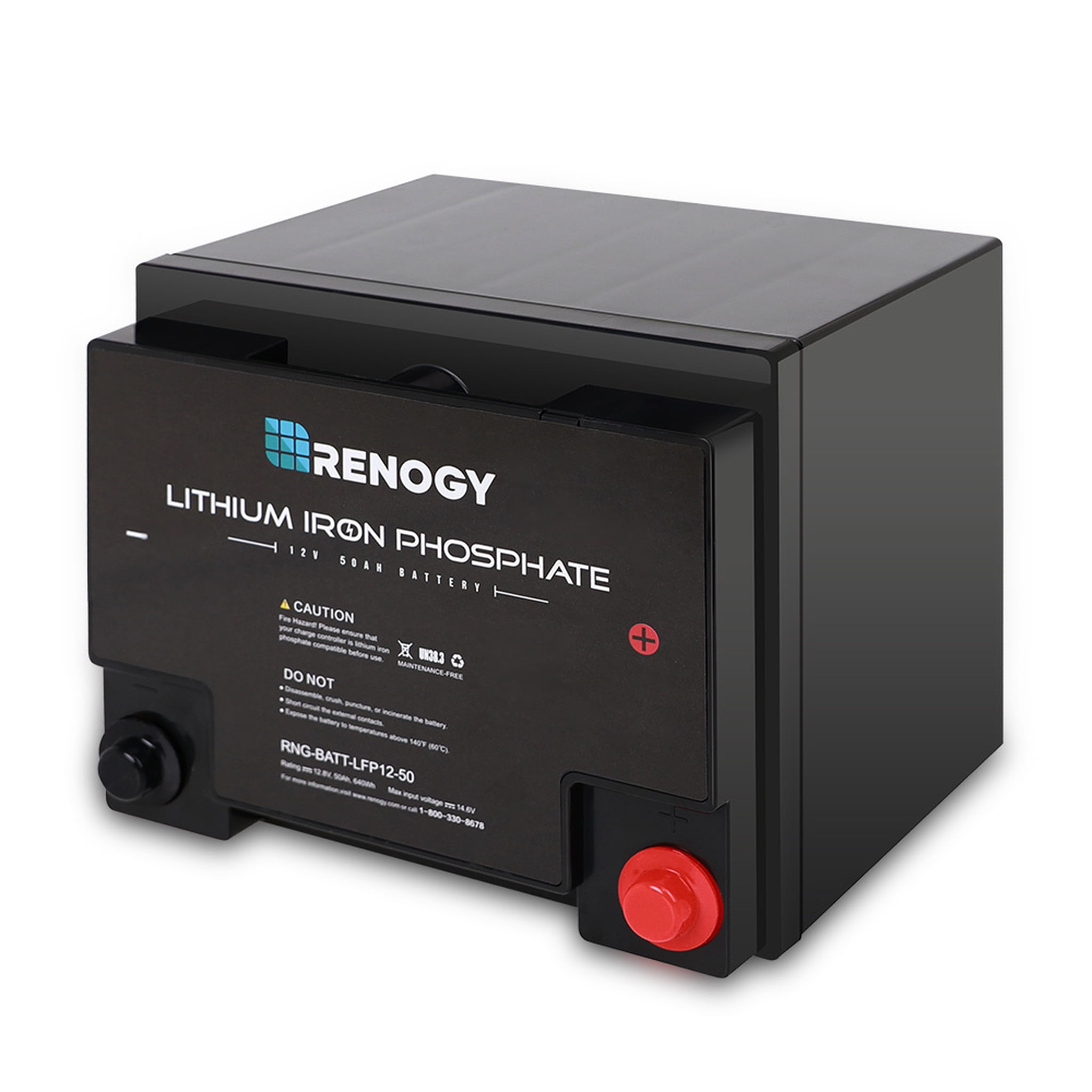

Finally, endeavors are given to the challenges and future aspects of recycling LFP cathode materials. The effective separation procedures and their advancement are examined, which may pave the way for new and updated technologies to increase environmentally friendly recycling routes. The structure of LFP and Li-recovery routes, which involve various kinds of leaching agents, are discussed. The discussion centers on the present process of selective recovery in comparison to the traditional approaches. This review is directed to the selective recovery of Li from the spent LFP cathode materials. To this end, a hydrometallurgical derived process commonly known as one-step selective recovery of Li and FePO4 are keenly focused, where in-situ recovery of Li in leaching solution and Fe as FePO4 in residue are followed. Besides, hydrometallurgical recovery of complete metal ions (i.e., Li, Fe, and P) in solution increases the cost of the process due to excess use of minerals. However, the toxic off-gassing at high temperatures were eventually found not in favor of the environment. To date, the recycling of spent LFP batteries has been carried with two traditional methods: (1) pyrometallurgy (i.e., direct regeneration) and (2) hydrometallurgy (i.e., the leaching of individual metals).

As a result, waste LFP battery recycling is receiving a lot of attention. The growing use of such batteries has raised concern about their proper disposal, where improper handling might result in hazardous material entering the environment. The demand for LiFePO4 (LFP)-type batteries have increased remarkably in energy storage devices due to a longer life span, improved discharge and charge efficiency, and safe handling. As the main components of the final residual solids, Co2O3 and MnO2 present in distinctly different sizes and shapes, which are beneficial for their separation and direct usage. The Co, Ni and Mn ions are dissolved in a sequence, which facilitates their separation and recovery. Afterwards, the Mn2O3 is transformed to MnO2 and Mn²⁺ in heated H2SO4. Then the combination of H2SO4 and ultrasound is adopted to dissolve NiO, during which the ultrasound destroys the surficial oxide film on the NiO. The first step is to use H2SO4 to selectively dissolve CoO from the Co3O4.

It is found that under the optimal condition, about 98% of the Li is dissolved, and on average 93% of the other three metals are transformed to precipitated oxalates. Firstly, oxalic acid is used to dissolve Li and precipitate the other three metals in oxalate forms.
LITHIUM IRON PHOSPHATE BATTERIES SERIES
We report a series of feasible procedures to selectively recover the four metals (Li, Ni, Mn, and Co) using a combination of hydrometallurgical and pyrometallurgyical processes. The recovery of valuable metals from the LiNi0♵Mn0♳Co0♲O2 in spent batteries deserves more attention. Principles of green chemistry and probably contributes to the sustainability of lithium ion battery industry. This researchĭemonstrates the possibility of improving metal recycling effectiveness from spent LiFePO4 batteries by incorporating High purity Li2CO3 (99.95 wt.%) could be obtained with high recovery rate. Process is found to be techno-economically feasible and environmentally friendly for recycling of spent LiFePO4 batteries Based on the laboratory scale results, a pilot batch process was developed and simulated. The selective reaction mechanisms were clarified and the controlling step for the leaching Volume fraction of oxidant, liquid-to-solid ratio, reaction temperature and time) during lithium leaching wereĬomprehensively investigated. The effects of a range of parameters (i.e. Solid residue which can be easily separated by sieving. The aluminium remained as the metallic form, and iron as FePO4 in the Selectively leached with a high recovery efficiency. Properly adjusting or control the oxidative state and proton activity of the leaching solution, lithium was found to be In this research, anĮffective and sustainable approach for selective leaching of lithium from spent LiFePO4 batteries was demonstrated. Processing and recycling the spent LiFePO4 batteries are challenging because of their relatively low extraction efficiencyĪnd recycling selectivity of valuable metal(s) and high potential of secondary waste generation. High potential of environmental impacts and waste of valuable metallic resources. In recent years, recovery of metals from spent lithium ion batteries (LIBs) has become increasingly important due to their


 0 kommentar(er)
0 kommentar(er)
